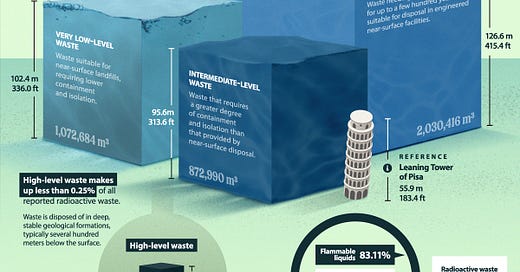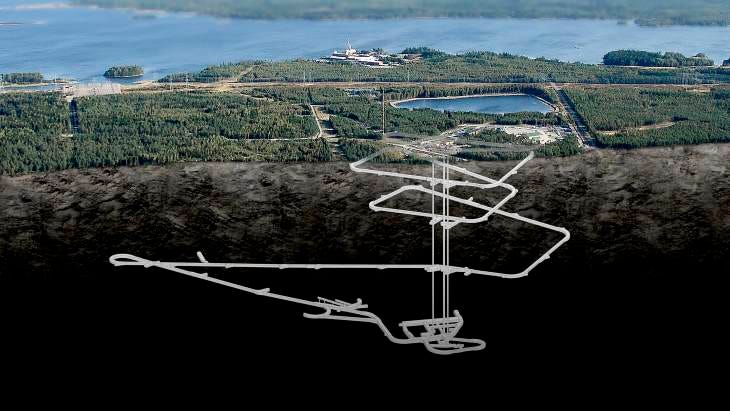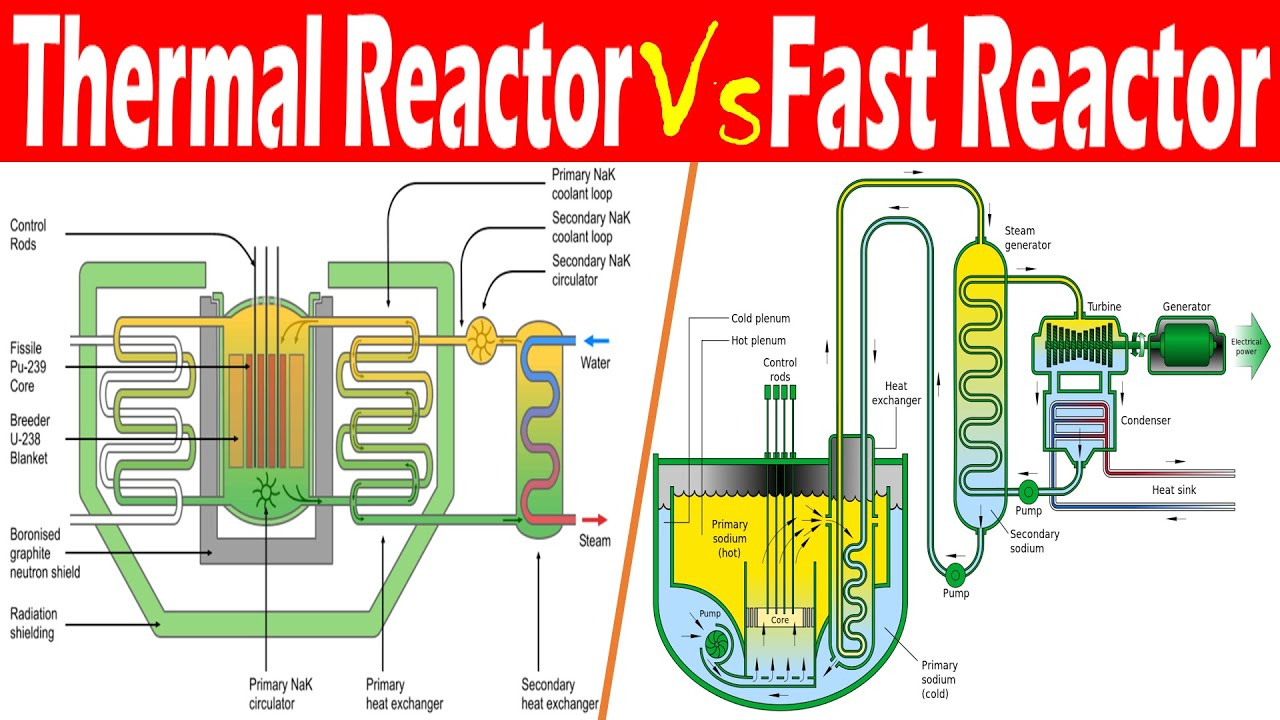Leaking Legacy
For over 70 years, the secret to unlimited, clean energy has been buried beneath our feet — and we’ve been ignoring it
"Nuclear waste is one of the toughest issues humanity has to confront. But we are capable of solving it, provided we’re willing to take the necessary steps."
– Bill Gates
Humanity is standing at a critical crossroads, forced to confront the dangerous legacies of the 20th century. The nuclear arms race and the insatiable demand for energy have left us grappling with a growing mountain of nuclear waste. What we have long categorized as "waste" may in fact be an untapped resource that could solve our energy needs for centuries to come. The Onkalo project in Finland, a deep geological repository for spent nuclear fuel, offers a glimpse into the future of nuclear waste management. But as we look at Onkalo and other advancements in the field, one thing becomes increasingly clear: what we call nuclear "waste" is, in reality, "slightly used nuclear fuel" (SUNF), and it still holds the potential to power our world for generations.
For over seven decades, nuclear power has been producing the safest, most reliable, and least expensive electricity. Yet, we continue to bury the byproduct of nuclear power, which still holds a staggering 97% of its energy potential. The term "nuclear waste" is, in many ways, a misnomer. The spent fuel we dispose of is far from spent. It’s only "slightly used," with 97% of its potential still untapped. Imagine if this was true for all forms of energy. What if every time we filled up our gas tank, we only used 3% of the fuel before being forced to discard the remaining 97%? It sounds absurd, right?
Imagine this: the U.S. government mandates that after filling up your car’s gas tank, you can only drive it 20 miles before you’re required to empty the remaining fuel into certified containers and bury it underground. Oh, and you’re required to pay for the privilege. Outrageous, right? A policy so absurd it would spark riots. And yet, this is exactly the reality we’ve been living with in the world of nuclear energy for decades.
Since the early days of nuclear power, we’ve been burying energy that could still be harnessed to generate electricity for generations to come. This is a tragedy of epic proportions. The reason we continue to bury this energy instead of using it lies in outdated ideology, misguided regulatory frameworks, and a deep-seated fear of nuclear power. But as the world grapples with the climate crisis, it’s time we rethink our approach.
Provided by world-nuclear-news.org
Onkalo, located on Finland’s Olkiluoto Island, represents a significant step forward in nuclear waste management. It is the world’s first deep geological repository designed specifically to store spent nuclear fuel. Onkalo’s multi-barrier system, which uses copper canisters, bentonite clay, and rock, ensures that radioactive materials remain isolated from the environment for up to 100,000 years. This solution is a technological marvel, and it is essential for keeping nuclear waste safely stored. But it’s still just a band-aid on a much larger problem: why are we still calling this material “waste” when it is, in fact, an extremely valuable resource?
Onkalo is designed to keep radioactive material buried and isolated from human contact. But this doesn’t solve the deeper issue that the fuel we are burying still holds vast amounts of untapped energy. This is where the real potential lies — in harnessing the 97% of energy still locked away in slightly used nuclear fuel.
Provided by world-nuclear.org
The fuel in nuclear reactors is only used to a fraction of its potential. Traditional nuclear reactors are designed to use only about 3% of the energy contained in uranium before the fuel is discarded. The remaining 97% — which we call nuclear waste — is still brimming with energy that could be harnessed. If this fuel was not treated as waste but repurposed, we could vastly increase the efficiency of nuclear power and revolutionize energy production.
Consider this: nuclear energy has been producing reliable, emission-free electricity for over 70 years. In countries like France, nuclear power provides over 70% of the nation’s electricity, offering a stable, carbon-free alternative to fossil fuels. Yet, despite the obvious success of nuclear power, we have continually ignored the opportunity to unlock the vast amounts of energy still stored in spent fuel.
Provided by YouTube
We have the technology today to extract far more energy from spent nuclear fuel. Fast breeder reactors and molten salt reactors, technologies developed as early as the 1940s, can extract up to 30 times more energy from the fuel. These reactors could essentially “recycle” the nuclear fuel we now discard, generating far more electricity from the same materials.
The solution to the nuclear waste dilemma is not just about safe storage — it’s about rethinking how we view nuclear fuel altogether. The fuel we call "waste" is not waste at all; it is a resource waiting to be unlocked.
Keep reading with a 7-day free trial
Subscribe to The Monetary Skeptic to keep reading this post and get 7 days of free access to the full post archives.






